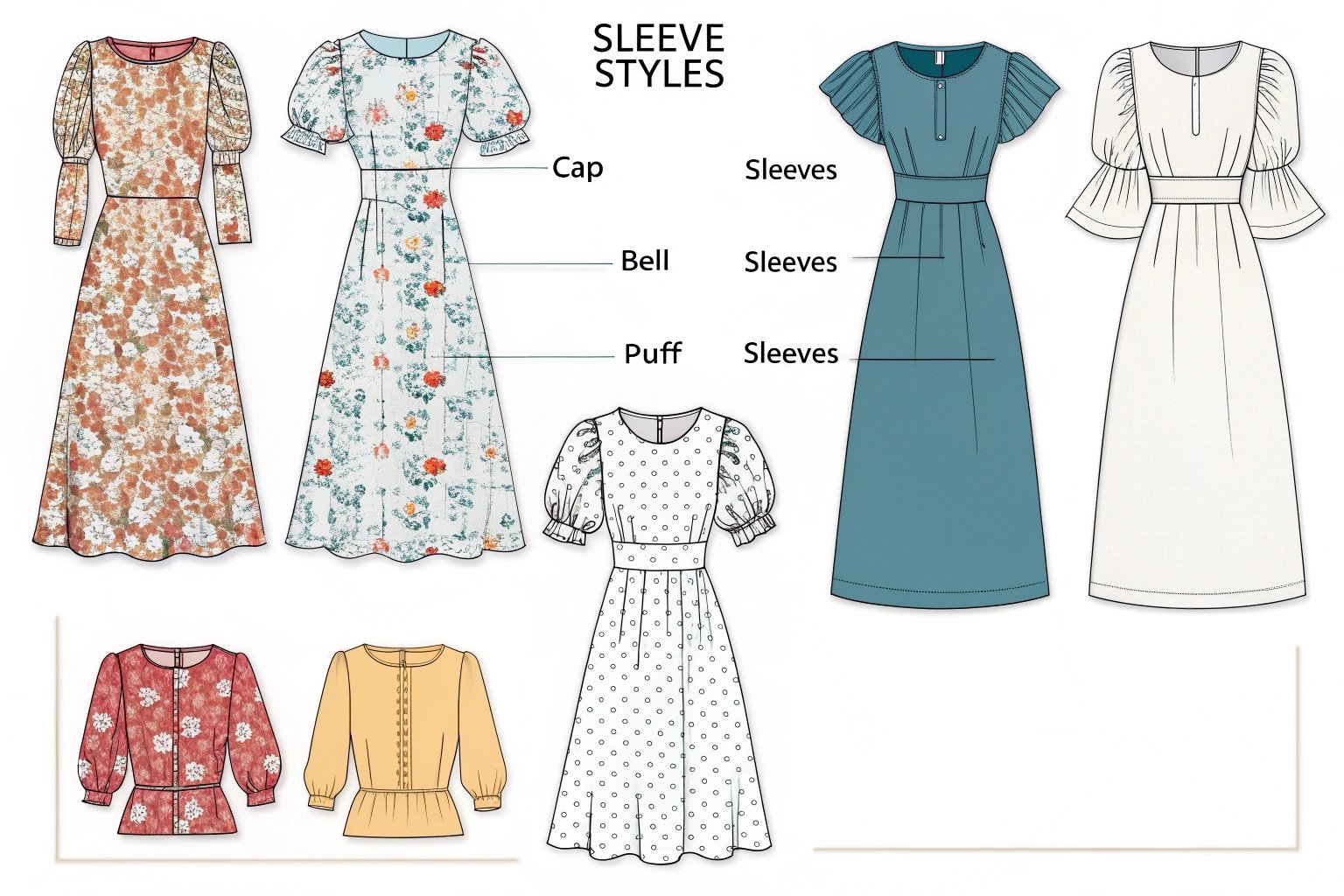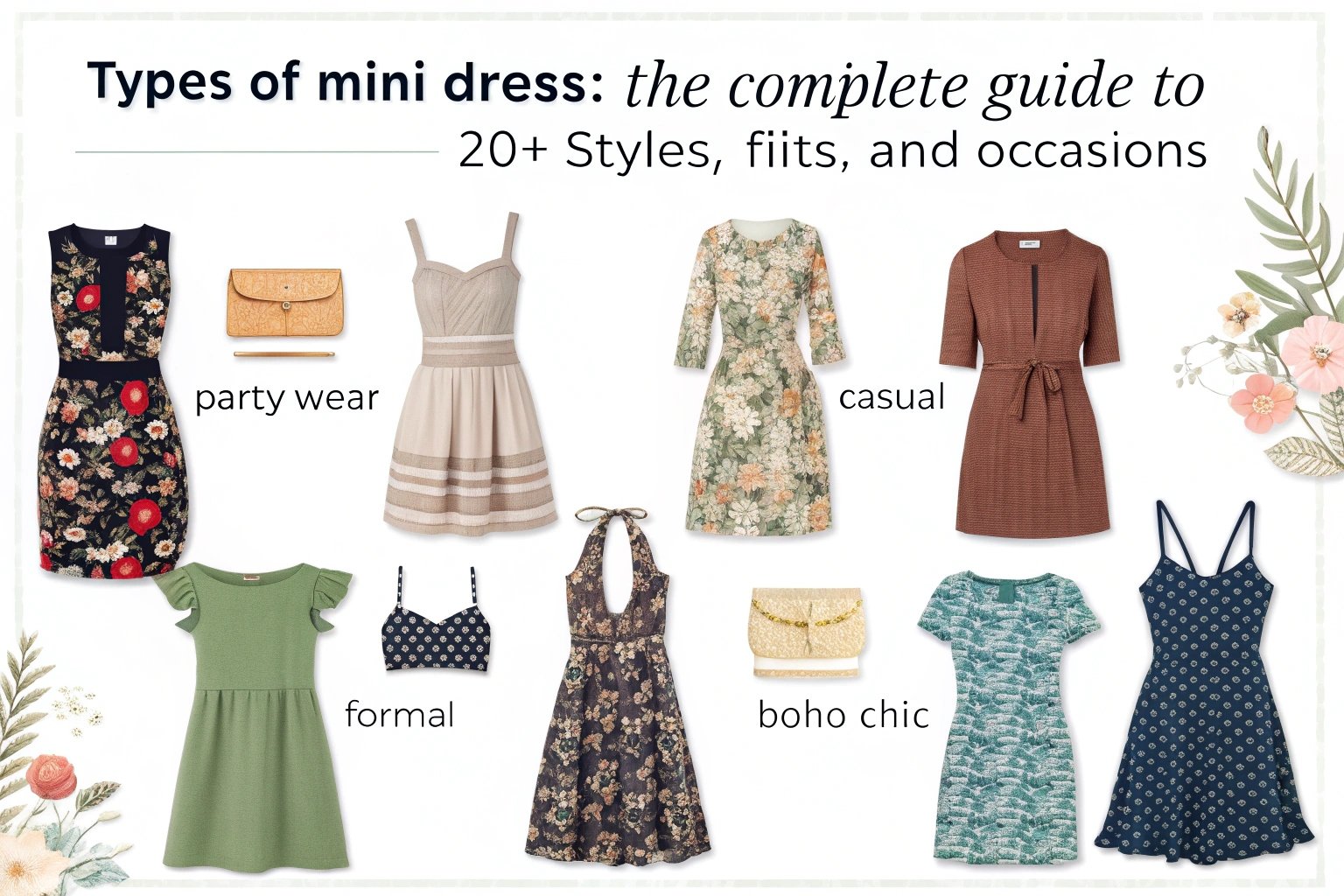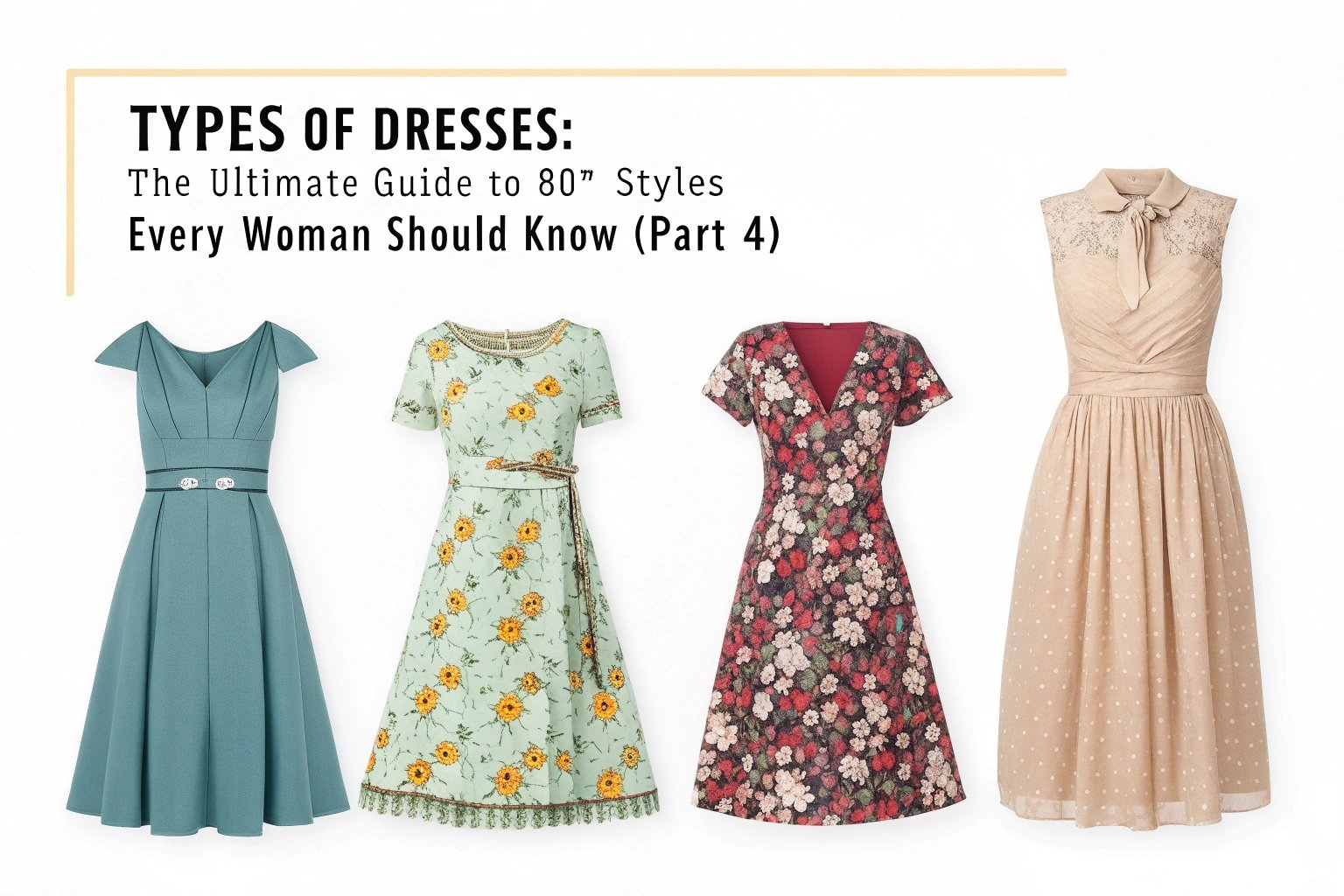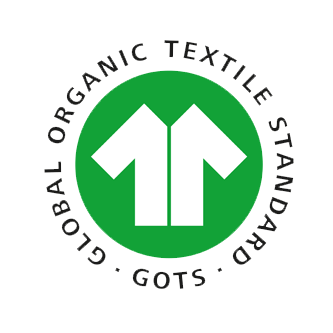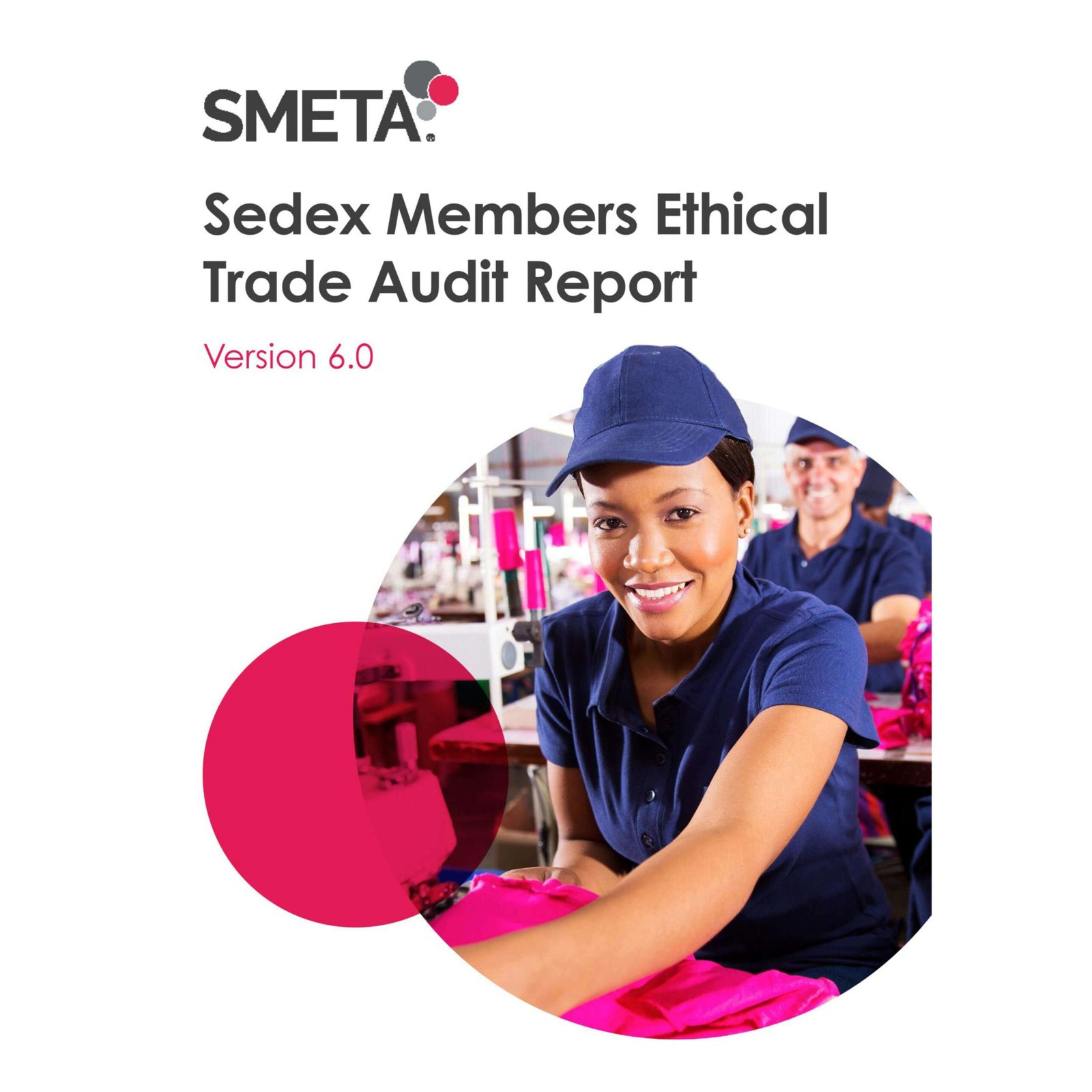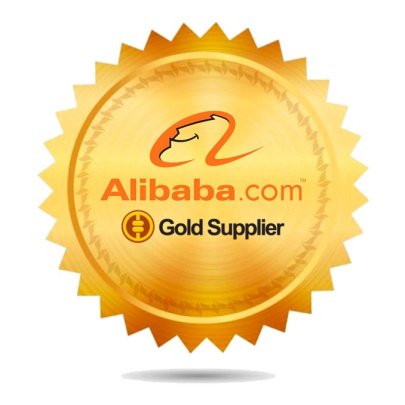Luxury fashion attracts millions, but few know where these clothes come from. Many believe Gucci makes everything in Italy, but the truth is more complex.
Gucci clothes are primarily made in Italy, with strict quality standards and artisanal craftsmanship1. Some materials and components come from specialized suppliers worldwide, but the final assembly is mostly Italian.
The story behind Gucci’s manufacturing process reveals why the brand remains a global leader. Let’s dive deeper.
What Makes Gucci a Global Luxury Fashion Leader?
Gucci stands at the top of luxury fashion. But what keeps it ahead of others in a competitive market?
Gucci’s leadership comes from a mix of heritage, innovation, and superior craftsmanship. The brand blends Italian tradition with modern design, supported by strong marketing and global influence.
 Luxury Fashion Atelier
Luxury Fashion Atelier
How Does Gucci Maintain Its Reputation for Quality and Exclusivity?
Gucci enforces strict quality standards at every step. Every garment passes through multiple quality checks before shipping. Exclusivity is managed through limited editions and controlled production.
What Role Do Luxury Clothing Manufacturers Play in Gucci’s Success?
Luxury manufacturers in Italy bring Gucci’s designs to life. They specialize in precise stitching, premium fabrics, and artisanal details that define the brand.
- Gucci collaborates with over 3,000 specialized artisans2 across Italy.
- Every supplier signs a Code of Ethics agreement.
- Manufacturers often operate family-owned workshops that have decades of experience in leather and textiles.
| Factor | Impact on Gucci Brand |
|---|---|
| Artisan Skills | Unique craftsmanship |
| Local Sourcing | Authentic Italian identity |
| Controlled Production | Maintains exclusivity |
Where Are Gucci Clothes Manufactured?
Many assume all Gucci products are 100% Italian. Is that true?
Most Gucci products, including apparel and leather goods, are manufactured in Italy. Some components, like zippers or exotic fabrics, are sourced globally.
How Much of Gucci’s Production Happens in Italy?
Over 95% of Gucci’s production is in Italy, mainly in Tuscany. Factories in Florence and Prato handle leather goods, while other regions focus on tailoring and knitwear.
Does Gucci Use Any Overseas Manufacturers for Specific Materials or Products?
Yes, but only for raw materials or technical fabrics not available in Italy. For example:
- Zippers and trims may come from Japan or Switzerland.
- Specialized sports fabrics sometimes come from South Korea.
Gucci’s global sourcing ensures access to the best materials while keeping core production in Italy for authenticity. Unlike fast fashion, Gucci never outsources mass production to low-cost countries. This strategy protects its brand value and consumer trust.

Why Does Gucci Rely on Italian Luxury Clothing Manufacturers?
Italian craftsmanship3 is synonymous with luxury. Gucci leverages this heritage.
Gucci uses Italian manufacturers because they provide unmatched craftsmanship, strict quality control, and cultural alignment with luxury values.
How Do Italian Manufacturers Ensure Exceptional Craftsmanship?
They use traditional techniques like hand-stitching, combined with modern technology for precision. Small-scale production allows attention to detail.
What Are the Advantages of Keeping Production Within Italy for Luxury Brands?
- Brand Authenticity: “Made in Italy” reinforces luxury status.
- Quality Assurance: Easier monitoring and compliance.
- Faster Communication: Design adjustments are quicker.
Dive Deeper:
Italy has a dense network of specialized suppliers in textiles, leather, and hardware. This ecosystem creates efficiency and flexibility. Brands like Gucci benefit from:
- Lower transportation lead times compared to overseas sourcing.
- Shared innovation hubs where manufacturers exchange new techniques.
What Is Special About the Manufacturing Process of Gucci?
Gucci’s production goes beyond simple assembly. It is a blend of heritage and innovation.
The process involves hand-finishing, rigorous testing, and sustainable practices4. Gucci focuses on detail to ensure every piece feels unique.

How Does Gucci’s Commitment to Sustainability Impact Its Manufacturing?
Gucci follows the Gucci Equilibrium program. Key actions:
- Use of certified organic cotton.
- Investment in eco-friendly tanning5 for leather.
- Reduction of greenhouse emissions through local sourcing.
What Techniques and Materials Are Used by Gucci’s Luxury Clothing Manufacturers?
Techniques include:
- Hand-stitching for suits and leather goods.
- Digital fabric printing for precision patterns.
- Laser cutting for accessories.
Materials:
- Premium Italian leather.
- Cashmere from Mongolia, processed in Italy.
- Eco-certified dyes.
Gucci combines heritage skills with innovation. For example, digital prototyping reduces waste, while artisans preserve handcraft details. This duality makes Gucci stand out among luxury brands.
How Does Gucci Maintain Quality Across All Its Products?
Consistency is key in luxury. Gucci enforces strict measures to avoid defects.
Gucci maintains quality by using multi-step inspections, dedicated quality teams, and supplier audits.
What Quality Control Processes Are in Place at Gucci’s Manufacturing Facilities?
- Initial Fabric Check: Raw materials tested for defects.
- In-Process Audits: Regular monitoring during stitching and assembly.
- Final Inspection: Each piece inspected before packing.
How Does Gucci Balance Handcrafted Techniques with Modern Technology?
Gucci uses technology for efficiency but keeps handcrafting for luxury appeal. For instance:
- 3D design software speeds up sample creation.
- Hand-finishing adds exclusivity to the final product.
Balancing tradition and innovation is crucial. Too much automation could harm Gucci’s luxury image. Too much handwork could slow production and raise costs. Gucci’s hybrid model ensures efficiency without sacrificing prestige.
Conclusion
Gucci makes most of its clothes in Italy, relying on skilled artisans and strict quality controls. The brand balances tradition with innovation and sustainability, ensuring its luxury status remains unchallenged.
-
Learn about the importance of artisanal craftsmanship in creating high-quality luxury items. ↩
-
Find out how Gucci’s collaboration with artisans enhances its luxury offerings. ↩
-
Explore the unique qualities of Italian craftsmanship that elevate luxury fashion. ↩
-
Find out how Gucci integrates sustainability into its luxury manufacturing processes. ↩
-
Discover the benefits of eco-friendly tanning methods in luxury leather goods. ↩


